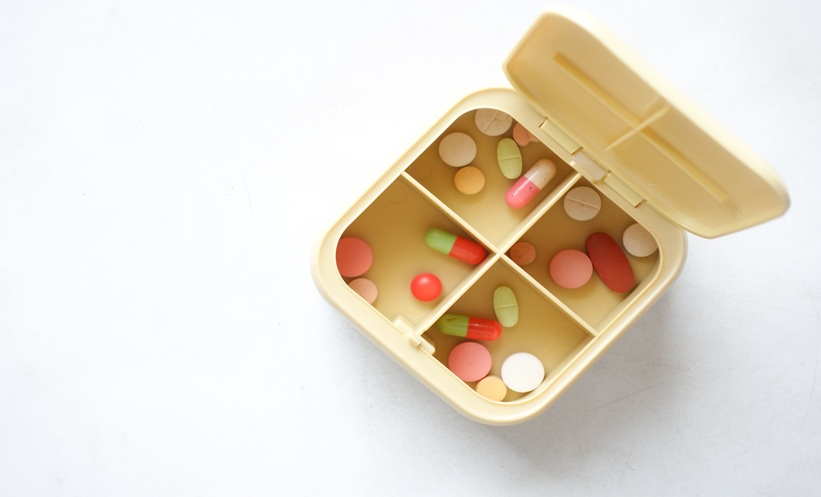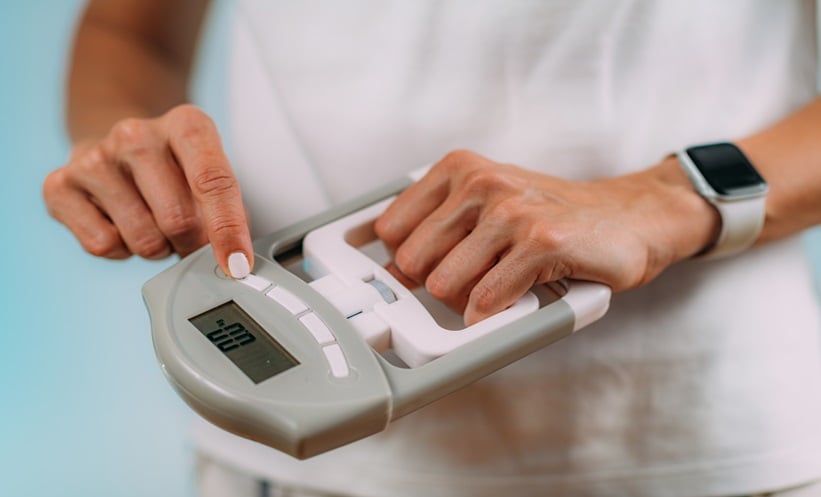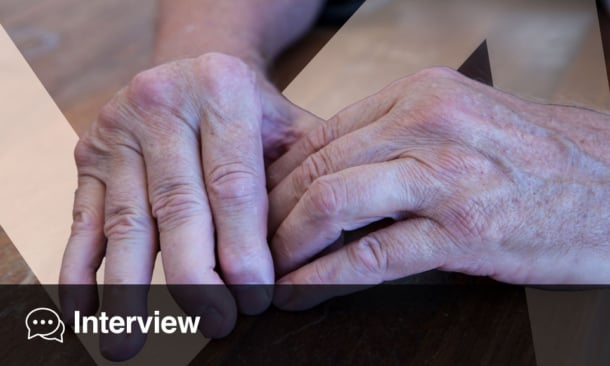ADVANCED drug delivery systems may improve outcomes in gout and hyperuricemia by enhancing targeting and tolerability.
Understanding the Treatment Gap
Gout and hyperuricemia impose a substantial clinical burden through painful inflammatory arthritis and systemic metabolic dysfunction. Conventional pharmacologic options can be limited by poor bioavailability, narrow therapeutic indices, systemic toxicity, and frequent dosing schedules that undermine adherence. Persistent hyperuricemia promotes monosodium urate crystal deposition, which activates the NLRP3 inflammasome and sustains chronic inflammation. This mechanistic cascade underscores the need for therapies that maintain urate lowering and anti-inflammatory effects while minimizing off target exposure. For many patients, the challenge is not simply selecting an agent but achieving reliable delivery at effective concentrations over time without unacceptable adverse events.
Drug Delivery Systems in Gout Management
Emerging drug delivery systems for gout and hyperuricemia include lipid based and polymer-based platforms designed to improve solubility, protect cargo from premature degradation, and concentrate active agents at target tissues. These engineered modalities enable sustained release that smooths pharmacokinetic peaks and troughs, which may support steadier urate control and inflammatory modulation. Several systems are configured for co delivery so that urate lowering and anti-inflammatory mechanisms can be addressed in tandem, reflecting the multifactorial nature of disease biology. Other designs respond to pathological microenvironments, releasing drug in the presence of inflammatory cues or acidic niches. Across preclinical studies, these strategies have demonstrated improved exposure at the site of action and reduced systemic exposure, suggesting a path to greater efficacy with fewer dose limiting effects. Although clinical confirmation remains sparse, the trajectory indicates increasing feasibility for patient centric delivery.
Future Directions and Clinical Translation
Translating advanced drug delivery systems into routine care for gout and hyperuricemia will require rigorous clinical validation. Key priorities include standardized endpoints that capture sustained urate reduction, flare frequency, and patient reported outcomes, alongside safety profiles specific to novel materials. Integration of biomaterial science with data driven personalization may help match delivery platforms to individual metabolic and inflammatory phenotypes. Interdisciplinary collaboration among clinicians, pharmacologists, and engineers will be essential to move from promising prototypes to scalable solutions. With focused trials and careful attention to long term tolerability, advanced drug delivery systems could materially improve adherence, durability of response, and overall quality of life for patients living with gout and hyperuricemia.
Reference: Peng Z et al. Advances in drug delivery systems for the management of gout and hyperuricemia. Front Pharmacol. 2025;16:1660890.








